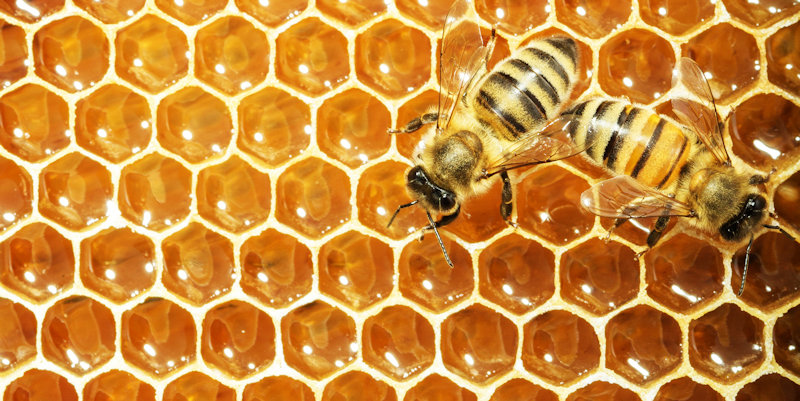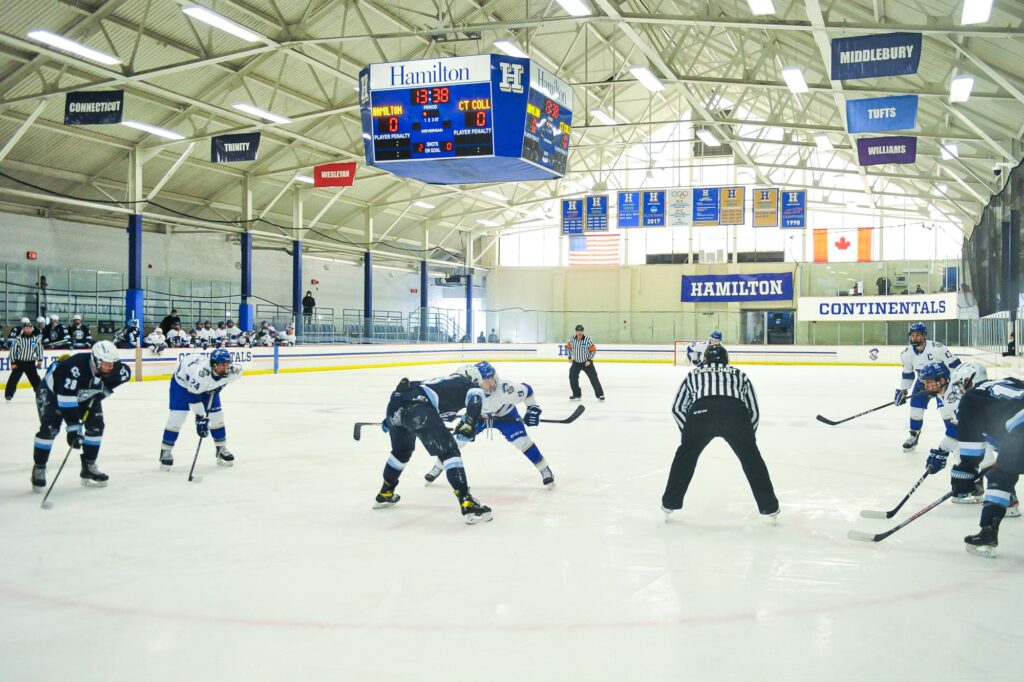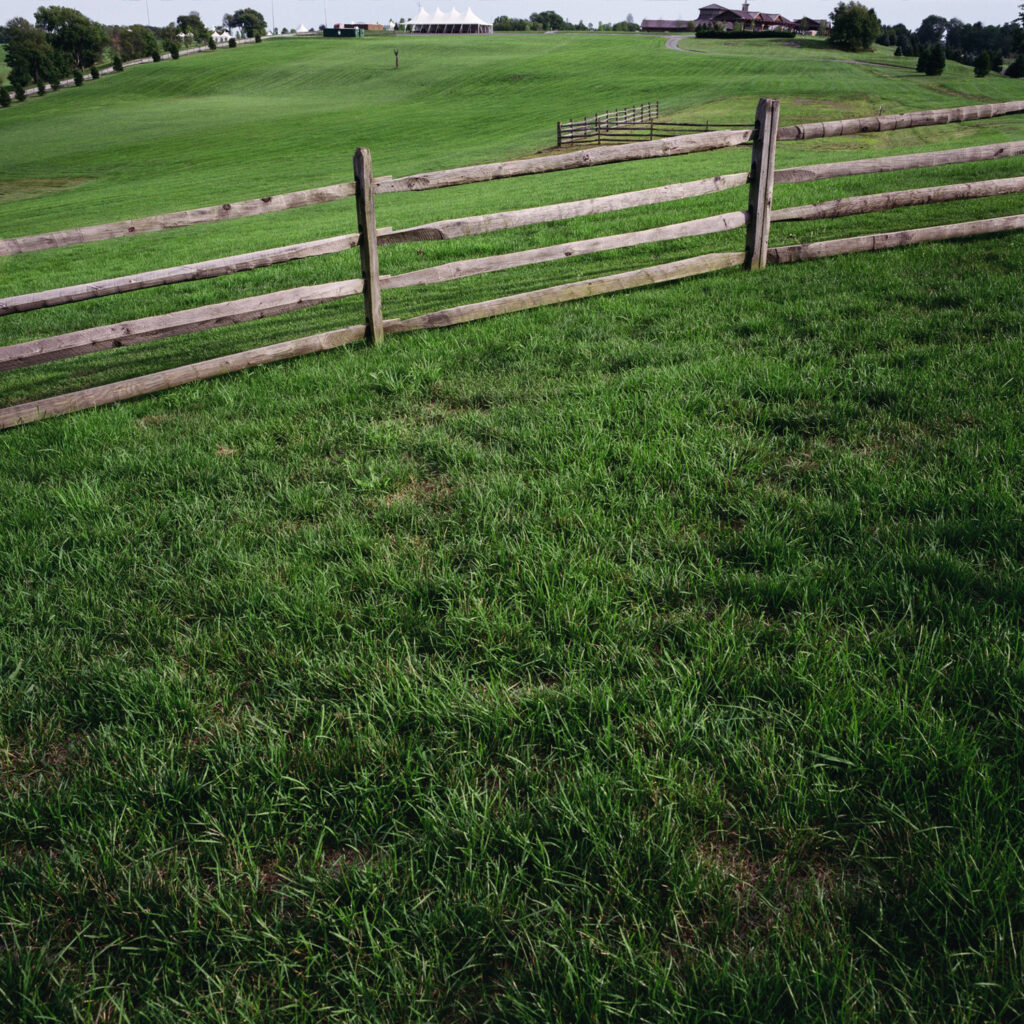
HIVE-MINDED: HOW PEOPLE MAKE SPACES
By: Carly McMahon and Julia Granito
“Hive-Minded:” Food for thought
Honey bees are often deemed “social insects.” Just like humans, their very nature as a species directs them towards community. There is no more adequate representation of this fact than their habit of choice, beehives. For the sake of our investigation of space as a social product, beehives and venues intended for large crowds share many distinct qualities. To be hive-minded is to be a part of a like-minded community working towards a shared goal.
What we mean when we say people make spaces:
What is a football stadium without any fans to fill its stands? Just a big, empty bowl-shaped building, really. Or what about the Woodstock festival grounds? That was just grassy farm land in rural New York state.
Buildings, structures, and physical spaces are defined by the people that inhabit them, not just their architectural features. Without patronage, most spaces are rendered voids of humanity. Their function to society is what truly brings them alive as living, breathing organisms in their own right. This trend can be applied across Michigan Stadium, Russell Sage Rink, the Woodstock festival grounds, and the Nuremberg rally grounds.
Henri Lefebvre’s The Production of Space
In his book The Production of Space, Lefebvre coins two products of architectural space, natural space and social space. Lefebvre’s identification of space as a social product is the crux of our show’s exploration. Lefebvre argues that spatial practices and perceptions are affected by a complex social construction (based on shared values, and how society produces meaning). Lefebvre claims, “(Social) space is a (social) product … the space thus produced also serves as a tool of thought and of action … in addition to being a means of production it is also a means of control, and hence of domination, of power (Lefebvre 6). In regards to our episode’s investigation, Lefebrve’s arguments concerning the idea of space as a social product is key towards understanding how people come together to impact social practices and perceptions, or how people make spaces.
Michigan Stadium A.K.A. “The Big House”


The University of Michigan in Ann Arbor, Michigan
Russell Sage Rink


Hamilton College in Clinton, New York
“Max Yasgur’s Farm (Site), Bethel, NY August 9, 2007” by Rhona Bitner

In August of 1969, the Woodstock Music and Art Fair was hosted on the farmland pictured to the left. The legendary music festival drew crowds of nearly 500,000 people across three days of festivities. Photographer Rhona Bitner’s interest in photographing entertainment spaces in her series entitled “Listen” brought this image to life. The image utilizes a seemingly odd perspective, choosing to foreground an empty patch of grass in the middle of the large field. Whereas it may have been more obvious to frame a larger take of the space, Bitner’s photo is more interested in capturing the inconspicuous and mundane nature of the land. Pictured in 2009, the image studies the land that has now become synonymous with the counterculture movement of the 1960s. Since Woodstock, the land has undergone environmental changes, but the human impact on the social memory of the land is what really defines its lasting legacy.
Deindividuation and the Nazi Party Rally Grounds in Nuremburg
Deindividuation: a process in which we lose our sense of self and become part of a larger identity – the group (Shoesmith)

One of the most prominent examples of deindividuation in history is the atrocities committed by Nazi Germany. In fact, Hitler had his architects design Nazi buildings with the intent of causing people to feel as if they were a small piece of a much larger movement. He would frequently design his buildings to contain hierarchical structure inside, with the idea being that thousands of people would be gathered on the ground floor while he and other high-ranking officials would be standing above them. Additionally, Nazi buildings were often built on an incredibly grandiose scale, which harkens back to the idea of the party being this overbearing, inescapable force designed to oppress its people. Overall, the architecture caused people to feel a complete lack of individual responsibility, as crowds of tens of thousands of people were united under one leader who had one goal in mind.
Bibliography:
Bitner, Rhona. Max Yasgur’s Farm (Woodstock Site), Bethel, NY. 2007. Photograph. August 9, 2007.
Carey, Benedict. “Making Sense of the ‘Mob’ Mentality.” The New York Times (New York, New York), January 12, 2021.
Cermatori, Joseph. “Notes on Opera’s Exquisite Corpse.” PAJ: A Journal of Performance and Art 35, no. 1 (2013): 4–18. https://www.jstor.org/stable/26376112.
Conley, Verena Andermatt. “Henri Lefebvre: Lived Spaces.” In Spatial Ecologies: Urban Sites, State and World-Space in French Cultural Theory, 11–28. Liverpool University Press, 2012. https://doi.org/10.2307/j.ctt5vjc34.4.
Erickson, Amanda. “How Other Countries Have Dealt with Monuments to Dictators, Fascists and Racists.” The Washington Post (Washington, D.C.), August 15, 2017.
Forsgren, Roger. “The Architecture of Evil.” The New Atlantis, no. 36 (2012): 44–62. http://www.jstor.org/stable/43152734.
Gottdiener, M. “A Marx for Our Time: Henri Lefebvre and the Production of Space.” Sociological Theory 11, no. 1 (1993): 129–34. https://doi.org/10.2307/201984.
Guiliano, Jennifer, Michael Messner, and Douglas Hartmann. “KING FOOTBALL AND GAME-DAY SPECTACLE.” In Indian Spectacle: College Mascots and the Anxiety of Modern America, 16–31. Rutgers University Press, 2015. http://www.jstor.org/stable/j.ctt163tccj.6.
Helfrich, Ronald. “‘What Can a Hippie Contribute to Our Community?’ Culture Wars, Moral Panics, and The Woodstock Festival.” New York History 91, no. 3 (2010): 221–44. http://www.jstor.org/stable/41965647.
Lelyveld, Joseph, Michael T. Kaufman, Mike Jahn, and Richard Reeves. “Woodstock: Like It Was; Woodstock: Like It Was in Words Of Participants at Musical Fair.” The New York Times (New York, New York), August 25, 1969.
Mersand, Joseph. “Building Audiences for the American Theater.” The English Journal 27, no. 3 (1938): 246–52. https://doi.org/10.2307/806067.
Shoesmith, Geoffrey. “Deindividuation.” In Psychology: A New Complete GCSE Course: For AQA Specification 4180, 1st ed., 230–37. The Lutterworth Press, 2015. http://www.jstor.org/stable/j.ctt1cg4mcd.40.
Simon, Bernd. “HOW GROUP-THINK MAKES KILLERS.” Scientific American Mind 14, no. 5 (2004): 22–27. http://www.jstor.org/stable/24997550.
“University Athletics 360 Tour Intro.” University of Michigan. December 13, 2022. Video, https://www.youtube.com/watch?v=R1OM6Ew-j7I.